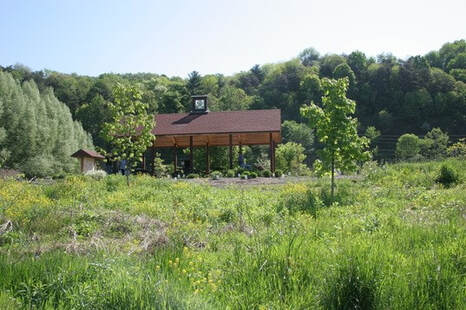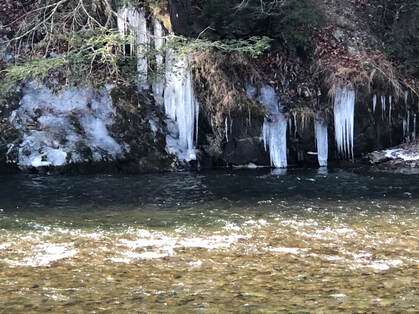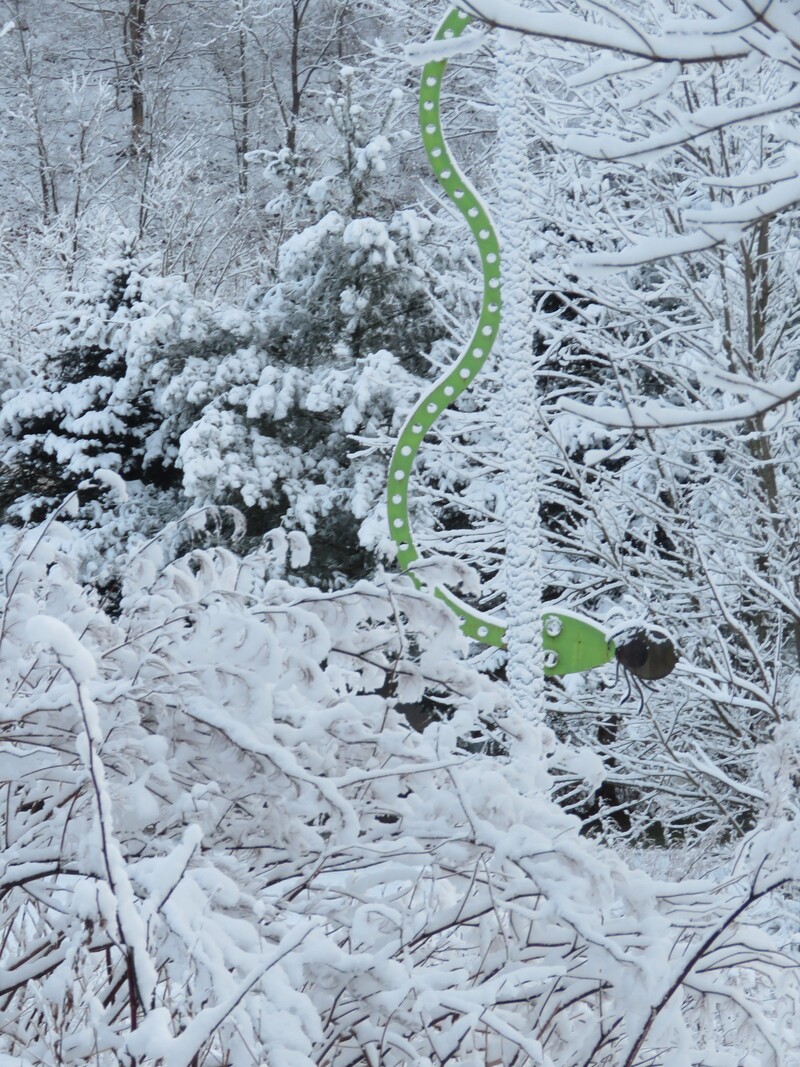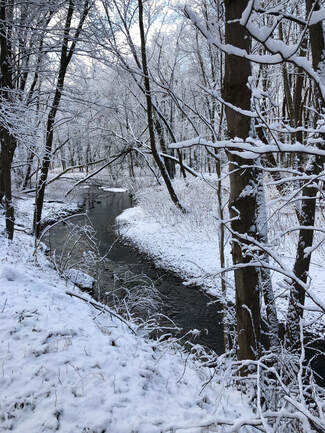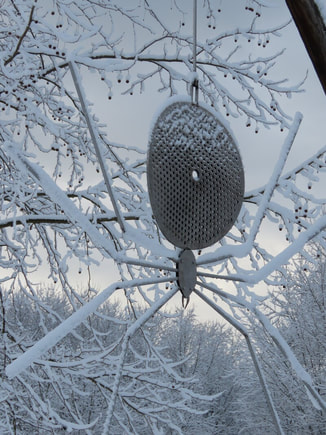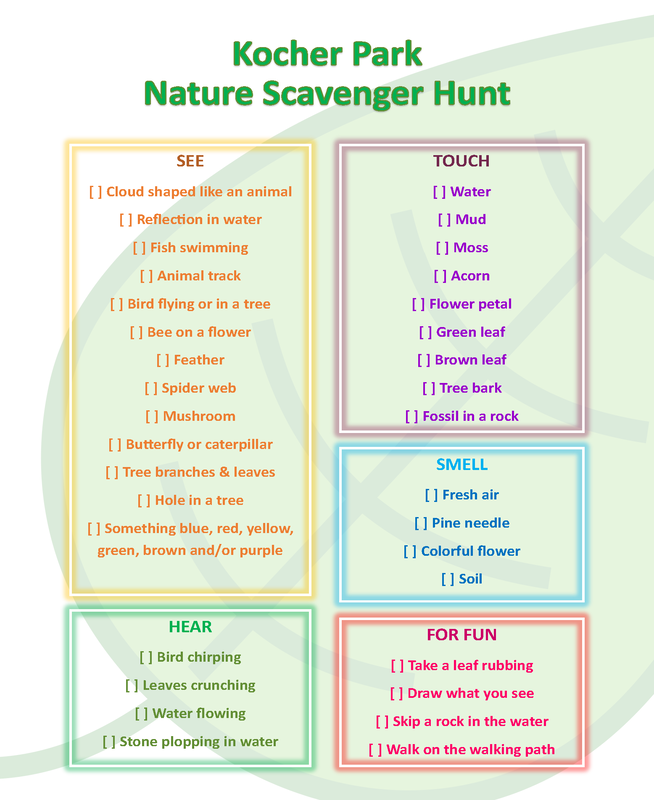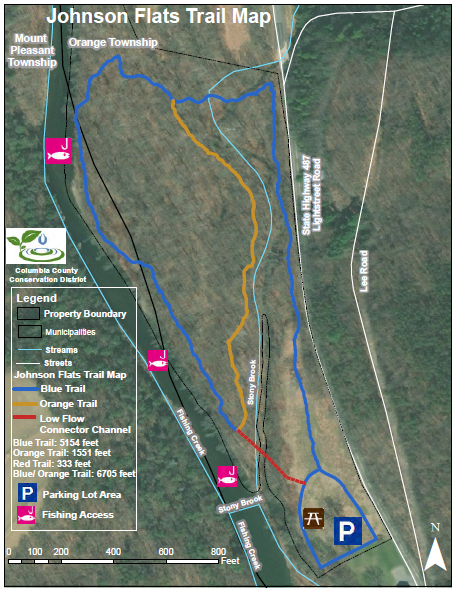Kocher Park & JOHNSON FLATS:
a creekside nature experience
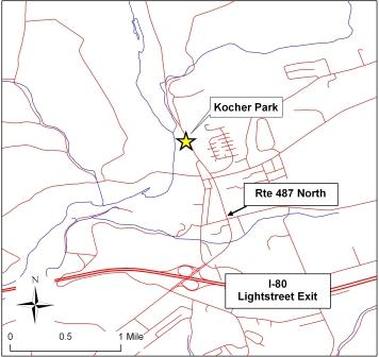
Frank W. Kocher Memorial Park is a nature and educational area, located on Fishing Creek off of Rte. 487 North, near Lightstreet, PA (1519 State Route 487, Orangeville, PA 17859).
Be sure to also check out the Johnson Flats section of the park, located about 1/2 mile north of the main park on Rt. 487!
Free and open to the public.
Current Summer Hours:
Monday-Friday from Dawn to Dusk
Kocher Park and Johnson Flats are owned and managed by the Columbia County Conservation District.
For more information please call 570.317.9456
Both areas are completely maintained strictly by volunteers and donations
Become a Friend of Kocher Park!
Donations enable us to maintain the Park. Please consider becoming a Friend to help keep Kocher Park beautiful! All donations are tax-deductible.
Click here for the Friends of Kocher Park brochure
GO ON A FUN NATURE SCAVENGER HUNT
|
educational materials for the park
|
Intro to Insects Backpack Click here for more information on our backpacks and how to borrow them. |
BLOOMSBURG UNIVERSITY FISHING CREEK WATER QUALITY MONITORING STATION
Click here to access real-time water quality data for Fishing Creek collected at Kocher Park.
Thank you to Dr. Steve Rier, PhD, Bloomsburg University, for his hard work and coordination efforts to acquire funding, install and maintain the monitoring station, and collect the water quality data.
Thank you to Dr. Steve Rier, PhD, Bloomsburg University, for his hard work and coordination efforts to acquire funding, install and maintain the monitoring station, and collect the water quality data.
